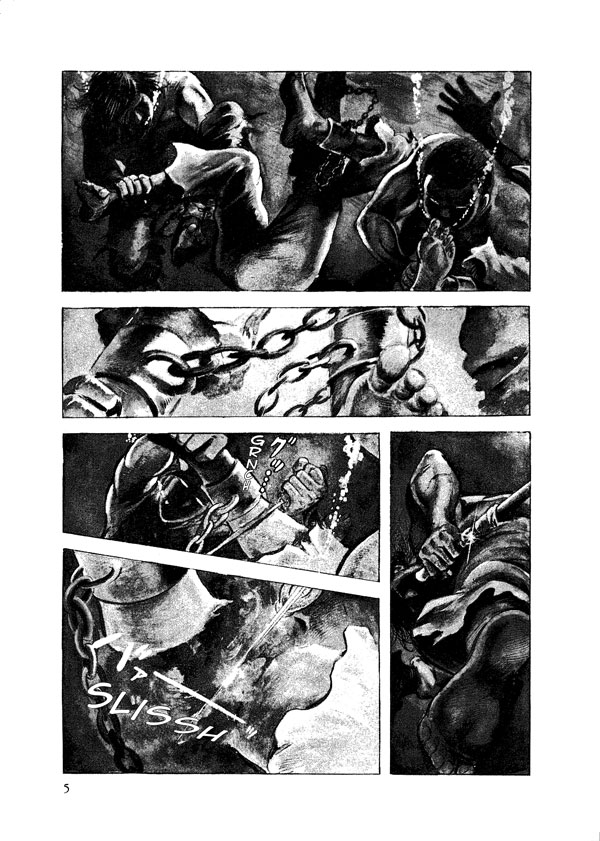By now, if you’ve been on Twitter or Facebook, you’ve undoubtedly learned that Kazuki Takahashi died on Wednesday. Media outlets from National Public Radio to the New York Times, the Los Angeles Times, and Anime News Network have been covering the story, reporting the probable cause of death as a diving accident. Takahashi was a major force in the manga industry; his Yu-Gi-Oh! (1996-2004) spawned a veritable empire of television shows, movies, games, sequels, and merchandise, and remained popular with readers more than eighteen years after the original series ended. More recently, Takahashi published The ComiQ (2018), a supernatural mystery series, and Marvel’s Secret Reverse (2021), an original Iron Man/Spiderman story.
Since news of Takahashi’s death was first reported, there’s been an outpouring of tributes from fans, journalists, and critics. At Anime UK News, for example, Josh Stevens characterized the series as an important cultural touchstone “for children who grew up in the early 2000s.” He noted that “Sky One’s weekly double-bills of Pokémon and Yu-Gi-Oh! were a highly anticipated reward for making it through the school week, and making sure that you had packed your Yu-Gi-Oh! deck was just as important as textbooks and lunch money.” Over at The Gamer, Jade King fondly remembered collecting and trading Yu-Gi-Oh! cards with classmates: “Yu-Gi-Oh! is really fucking cool. It’s always been that simple. Your social worth was dictated by what cards you were bringing into school and whether you had a deck featuring some of the show’s most iconic creatures.” And comicbook.com’s Megan Peters rounded up fan reactions on social media.

FEATURES AND PODCASTS
The latest installment of Mangasplaining looks at two very manly manga: Kazuo Koike’s classic revenge story Lone Wolf and Cub and MASSIVE: Gay Erotic Manga and the Men Who Make It. [Mangsplaining]
The Manga Machinations gang is also on the Gengoroh Tagame bandwagon this week with a thoughtful discussion of Our Colors. [Manga Machinations]
Walt Richardson, Emily Myers, and Zack Wilkerson do a cover-to-cover review of the June 2022 issue of Shonen Jump. [Multiversity Manga Club Podcast]
Are you a regular reader of Yatta-Tachi? Do you find their monthly listing of light novel and manga releases useful? If so, they could use your support! Click on the link to find out how you can help. [Yatta-Tachi]
Jocelyne Allen takes a closer look at Itoi Nozo’s Boku wa Make Shite Miru Koto ni Shita, an as-yet untranslated manga about a salaryman who discovers the transformative power of serums, skin creams, and make-up. “This is absolutely a makeup-for-men explainer manga, but Itoi manages to imbue it with deeper meaning by adding commentary and a subplot on toxic masculinity and breaking free of that nightmare,” Allen observes. “Ichiro has internalized the message that makeup is only for women, but is trying to push past that. Meanwhile, his best friend is so completely unable to express emotion or see outside of his rigid framework of performative masculinity that he nearly destroys his relationships with the people closest to him. For a book that’s just trying to sell some men some makeup, it does a good job at confronting societal issues.” [Brain vs. Book]
REVIEWS
This week’s must-read review is Erica Friedman’s glowing assessment of Doughnuts Under a Crescent Moon. “Because this is a quiet, ever-so-gentle and tentative, slice-of-life story about emotional bonds and love, it’s easy to be fooled into thinking that nothing of consequence happens,” she notes. “But you’d be wrong. What I see here is some of the most profound manga about re-evaluating one’s entire life that I have ever read.” Also of note is Chris Ready’s brief but thoughtful critique of Witches: The Complete Collection, an anthology of short stories written by Daisuke Igarashi (Children of the Sea).
- Abe-Kun’s Got Me Now!, Vol. 8 (Krystallina, The OASG)
- Apollo’s Song (King Baby Duck, Boston Bastard Brigade)
- Blue Period, Vol. 7 (Anime UK News)
- BOFURI: I Don’t Want to Get Hurt, so I’ll Max Out My Defense, Vol. 4 (Josh Piedra, The Outerhaven)
- Bungo Stray Dogs, Vol. 21 (Josh Piedra, The Outerhaven)
- Doughnuts Under a Crescent Moon, Vol. 3 (Jaime, Yuri Stargirl)
- The Elusive Samurai, Vol. 1 (Dallas Marshall, CBR)
- Hikaru in the Light!, Vol. 1 (Helen, The OASG)
- Just Listen to the Song (Tony Yao, Drop-In to Manga)
- Mizuno and Chayama (Erica Friedman, Okazu)
- Our Fake Marriage, Vol. 9 (Krystallina, The OASG)
- Penguin & House, Vol. 1 (Krystallina, The OASG)
- Penguin & House, Vol. 2 (Krystallina, The OASG)
- So Cute It Hurts!!, Vol. 5 (SKJAM, SKJAM! Reviews)
- We Must Never Fall in Love, Vols. 8-9 (Krystallina, The OASG)
- We Never Learn, Vol. 21 (King Baby Duck, Boston Bastard Brigade)
- With a Dog AND a Cat, Every Day is Fun, Vol. 5 (Krystallina, The OASG)
- The Yakuza’s Guide to Babysitting, Vol. 1 (Charles Hartford, But Why Tho?)
- Yuri Espoir, Vol. 1 (darkstorm, Anime UK News)
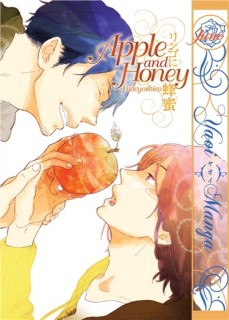
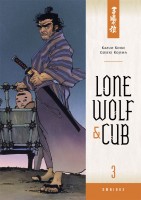
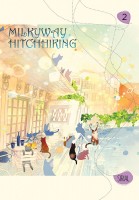
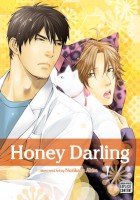
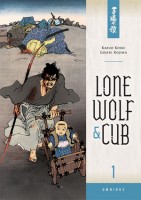

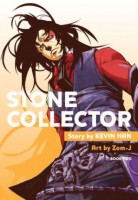
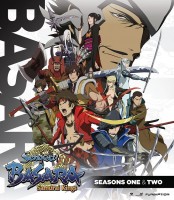















 When reading historical manga, I grant the artist creative license to tell a story that evokes the spirit of an age rather than its details. What rankles my inner historian, however, are the kind of anachronisms that result from sheer laziness or paucity of imagination: modern slang, gross disregard for well-established fact. Alas, Color of Rage is filled with the kind of historical howlers that would make C. Vann Woodward or Leon Litwack gnash their teeth in despair.
When reading historical manga, I grant the artist creative license to tell a story that evokes the spirit of an age rather than its details. What rankles my inner historian, however, are the kind of anachronisms that result from sheer laziness or paucity of imagination: modern slang, gross disregard for well-established fact. Alas, Color of Rage is filled with the kind of historical howlers that would make C. Vann Woodward or Leon Litwack gnash their teeth in despair.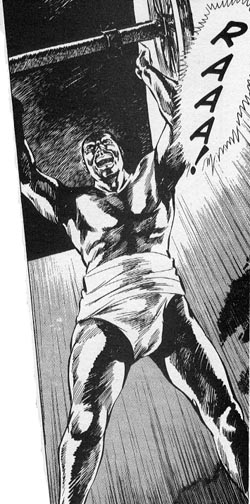 The bigger problem, however, is that King entertains notions of race, class, and gender that would have been as alien to American colonists as they were to Japanese farmers and overlords. His blind commitment to addressing inequality wherever he encounters it — on the road, at a brothel — leads him to do and say incredibly reckless things that require George’s boffo swordsmanship and insider knowledge of the culture to rectify. If anything, King’s idealism makes him seem simple-minded in comparison with George, who comes across as far more worldly, pragmatic, and clever. I’m guessing that Koike thought he’d created an honorable character in King without realizing the degree to which stereotypes, good and bad, informed the portrayal. In fairness to Koike, it’s a trap that’s ensnared plenty of American authors and screenwriters who ought to know that the saintly black character is as clichéd and potentially offensive a stereotype as the most craven fool in Uncle Tom’s Cabin. By relying on American popular entertainment for his information on slavery, however, Koike falls into the very same trap, inadvertently resurrecting some hoary racial and sexual tropes in the process.
The bigger problem, however, is that King entertains notions of race, class, and gender that would have been as alien to American colonists as they were to Japanese farmers and overlords. His blind commitment to addressing inequality wherever he encounters it — on the road, at a brothel — leads him to do and say incredibly reckless things that require George’s boffo swordsmanship and insider knowledge of the culture to rectify. If anything, King’s idealism makes him seem simple-minded in comparison with George, who comes across as far more worldly, pragmatic, and clever. I’m guessing that Koike thought he’d created an honorable character in King without realizing the degree to which stereotypes, good and bad, informed the portrayal. In fairness to Koike, it’s a trap that’s ensnared plenty of American authors and screenwriters who ought to know that the saintly black character is as clichéd and potentially offensive a stereotype as the most craven fool in Uncle Tom’s Cabin. By relying on American popular entertainment for his information on slavery, however, Koike falls into the very same trap, inadvertently resurrecting some hoary racial and sexual tropes in the process.